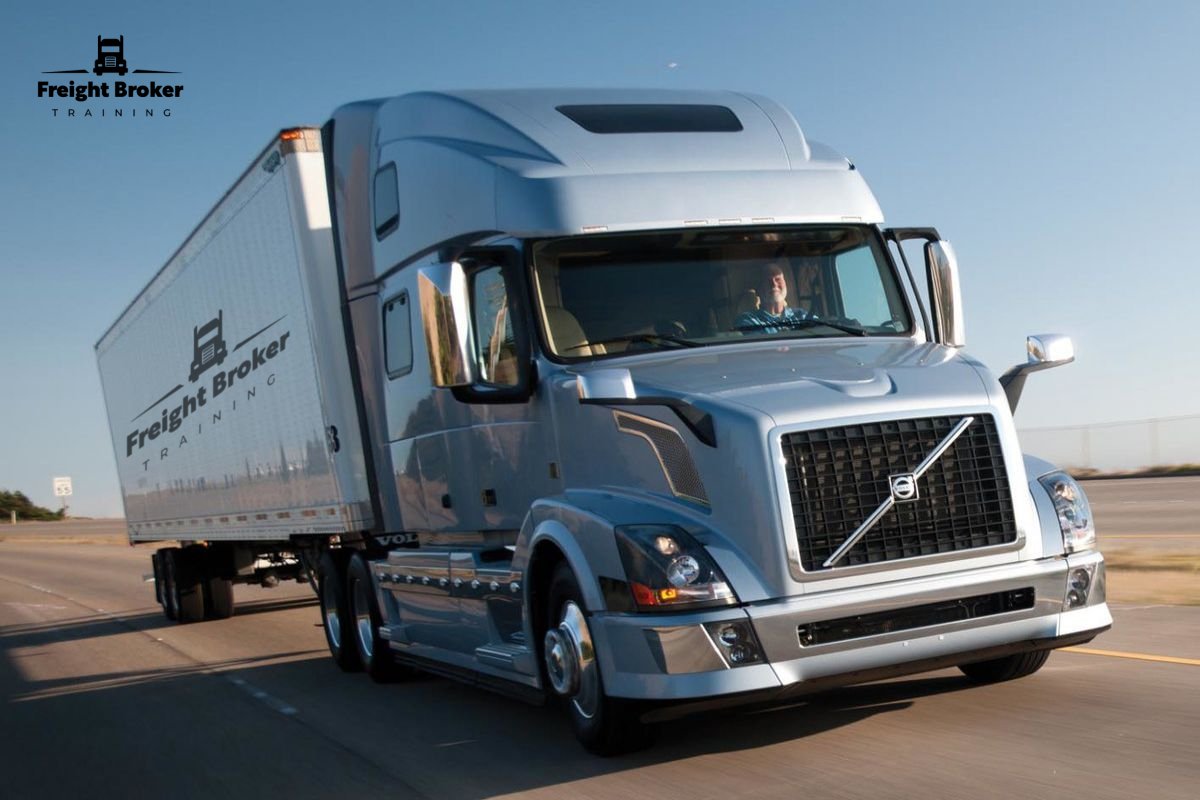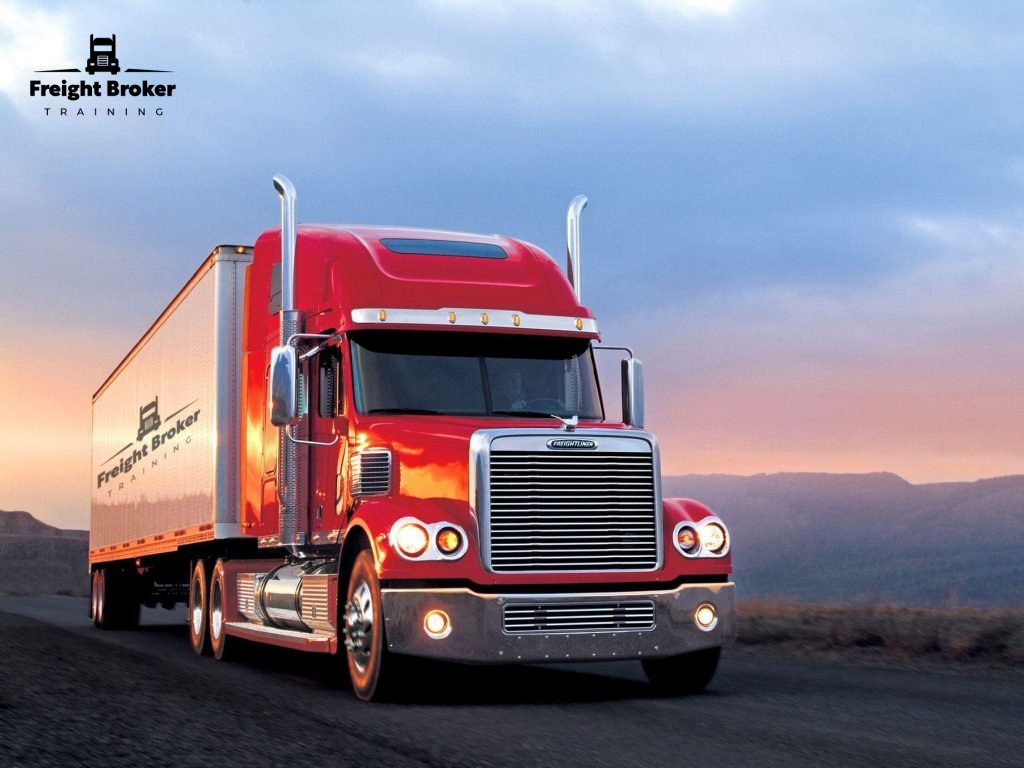Industry sources report that the number of freight brokers in the U.S. has been steadily increasing in recent years. This is evidenced by the large number of applications submitted. Experts believe that this state of affairs in the transportation industry will favourably affect the optimization of supplies after the agreement between three neighbours: the United States, Canada and Mexico.
So far, due to the shortage of truck drivers, the transportation industry has some problems. The work of brokerage companies depends on the state of affairs of carriers. Brokers have to inflate prices. This leads to higher prices in other industries.
New technologies in the service of brokers

Technological innovations greatly expand the information capabilities of brokers. Well-known companies Transfix, Uber Freight, Convoy and others use various parameters to compare carriers:
- origin of cargo;
- destination;
- type of cargo;
- price;
- timing.
Traditional ways of working involve delays in the dispatch and delivery of goods.
The introduction of telematics will enhance the capabilities of 3PL. This technology was developed to determine the location of the vehicle. Since then, a large number of tools and applications have appeared. In addition to them, even more advanced analytical products are being invented. With such 3PLs capabilities, shippers can optimize the delivery time of goods and spend financial resources economically.
In order to more effectively use the opportunities that have arisen, players do not spare investment in the digital field. An example of this is XPO Connect, which has combined automation with artificial intelligence to solve customer problems. The new platform helps:
- determine throughput;
- book cargoes;
- minimize empty miles;
- track the entire supply chain.
The situation with cargo transportation in the United States
Trucks are the primary mode of transportation of goods coming from abroad to the United States. Freight brokers bear the biggest burden in the industry. More than a third of gross revenue comes from 10 companies. Before the Covid period of 2019, this market showed 791.7 billion dollars. Trucks delivered 11.8 billion tons to their destinations. This volume accounts for 72.5% of all cargo transportation.
About 947 thousand drivers were involved in the industry. These people are not enough to meet the growing needs of the country in the volume of cargo transportation. Carriers are taking measures to increase the number of drivers, giving high salaries and bonuses. Such measures have also been taken in relation to existing workers so that they do not leave the transportation industry.
Currently, the field of cargo transportation in the United States is going through difficult times. The country has not known such an increase in fuel prices for a long time. The prices of freight brokers and carriers have increased dramatically. This affects the overall economic situation.
Competitive environment

There are several categories of players in the cargo brokerage market:
- Global companies.
- Large regional companies.
- Medium and small local companies.
The dominant position is occupied by C.H. Robinson, XPO Logistics takes the second place, Hub Group / Mode Transportation closes the top three.
New firms in the field of freight transport are fighting for the integration of modern technologies. These include Convoy, Uber Freight, uShip and others. They offer customers tempting services:
- transparent prices;
- online boards;
- marketplaces for booking through applications.
Human participation in the organization of cargo delivering is gradually becoming minimal. Cargo transportation as a service (TaaS) will become more popular in the near future with the development of digital technologies.

